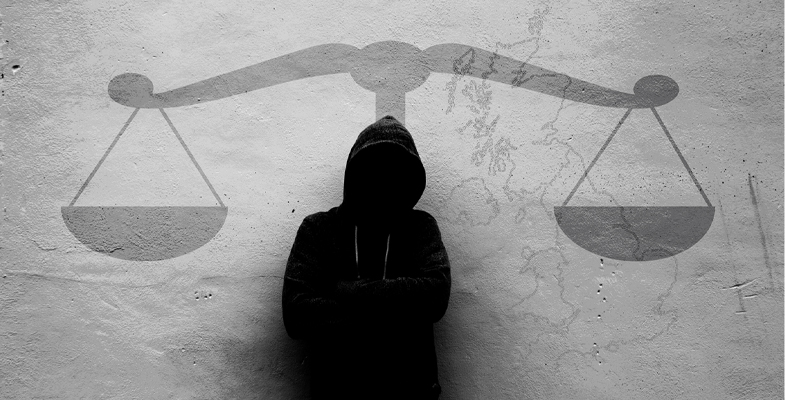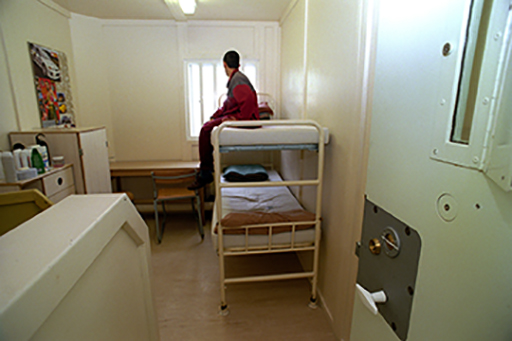3 Children in prison
In Session 1 you will remember reading the words of Frank Tannenbaum warning in 1938 against the tendency of criminal justice interventions to make matters worse rather than better, despite the best of intentions: ‘the harder they work to reform evil, the greater the evil grows under their hands’.
As the numbers of children and young people in custody grew, more and more voices were raised against a youth justice system that was generating such terrible outcomes. One concern was that the expanded youth justice system was both reflecting and exacerbating existing social disadvantages and discrimination experienced by young people from neglected or marginalised parts of society. You consider this argument in the next activity.
Activity 3 Punishing the poor?
The Prison Reform Trust is an organisation that collects and analyses information about prison and campaigns for reforms of the system. In 2010 their director Juliet Lyon wrote an article about their work on young people in prison, demanding urgent change.
Read the article from The Guardian here:
Putting children in custody punishes disadvantage [Tip: hold Ctrl and click a link to open it in a new tab. (Hide tip)]
Now use the drop-down menus to complete the following sentences based on the information in the article.
Discussion
Much has changed in youth justice since 2010 and the numbers of young people in custody have fallen from the high point of over 3,000 to fewer than 900 (YJB, 2019). Although Juliet Lyon would be pleased to see this reduction in numbers, it is a reduction that has not been equally experienced by all ethnic groups. The reduction in numbers of young people in custody has been most pronounced among the white population, while young people from minority ethnic groups account for more than 50 per cent of those in custody (PRT, 2019), far beyond their proportion in the general population. These are issues you will return to in Session 6.
The next section will help you to consider how and why the youth justice system of England and Wales responded to the challenge to reduce the numbers of young people locked up in custodial institutions and changed the way it responds to young people’s offending behaviour.

